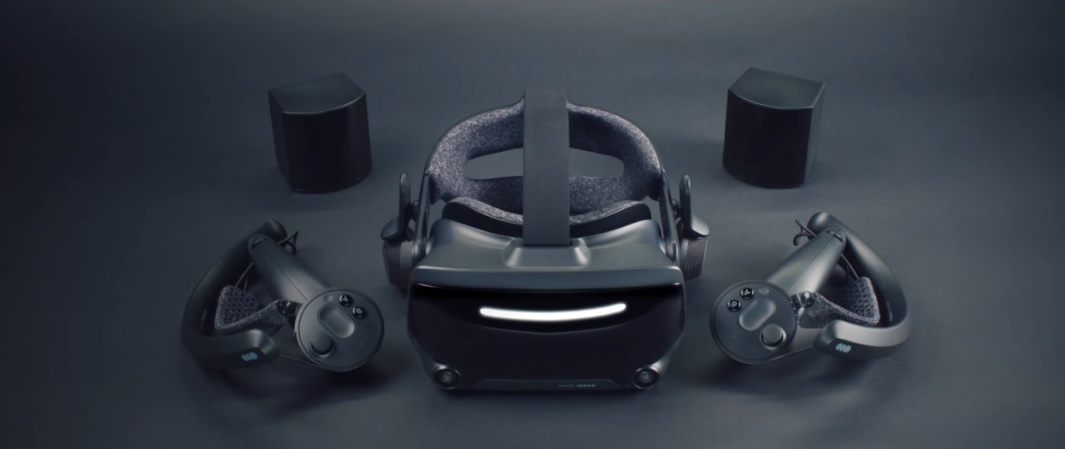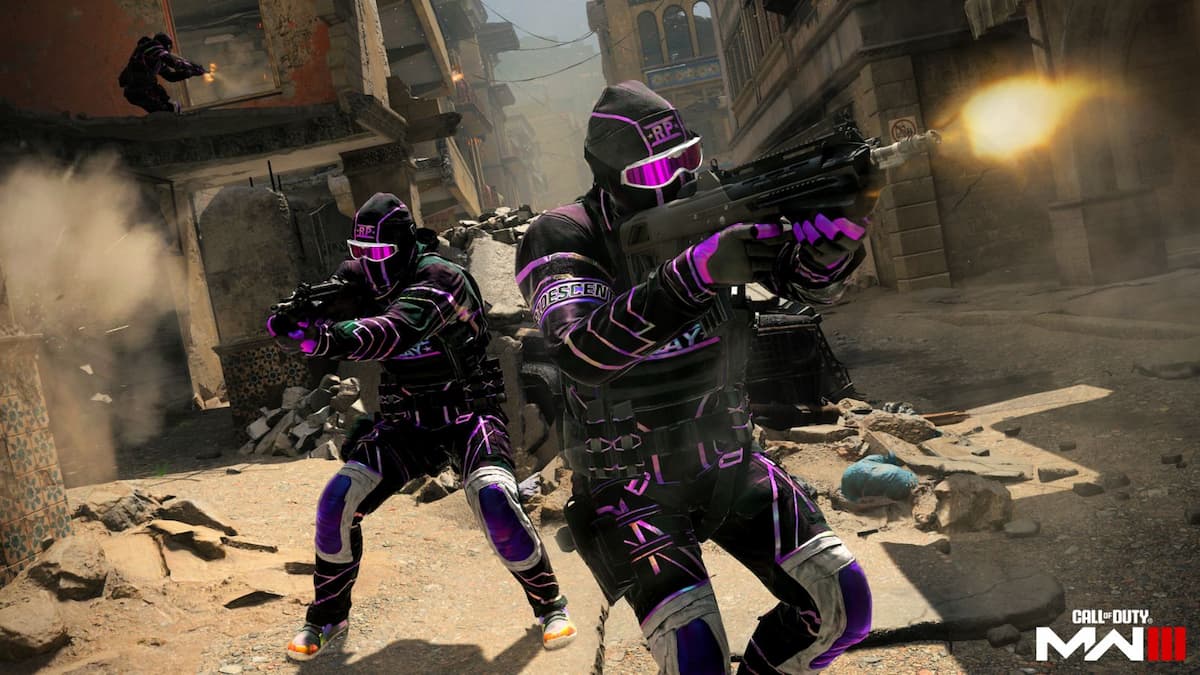The whole enchilada is $1000 without prior purchases
The dawn of cheap VR is not upon us just yet, but the “next generation” of VR is about to begin.
Valve has just announced the Index, which will be available for pre-order tomorrow for a July ship date. Just how much will that pre-order go for? Well, $1000 for the headset, controllers, and two base stations (tracking): and again, you still need a semi-power PC to make use of it. Breaking it down further the headset and controller pair are $750, the headset alone is $500, the remotes are $280 out of bundle, and each base station will run you $150. Start saving now.
I led with the price because VR is still very much a hard sell. If you haven’t tried any of the new tech yet you will probably remain unconvinced. But for VR enthusiasts, Valve is really trying to push the limits of the tech. The controllers are a massive upgrade compared to the previous HTC Vive standard that Valve was pushing, and are more inline with the fantastic Oculus Touch remotes.
They’re designed with nuanced tracking for finger positioning, leading to all sorts of crazy “knuckle” control and velocity magic, where games can track motion. Individual finger tracking is a base feature: it sounds silly, but it’s huge when you can move your fingers in certain motions to shoot a Spider-Man web or sling spells after memorizing finger combinations. If you’ve ever played a game with this much control (like Superhot VR) you’ll know the feeling. These remotes feel like a game-changer in that microcosm of your living room far more than the fourth plus iterations of the DualShock and Xbox remotes.
The headset is one of the most advanced ever built, with dual 1440×1600 LCDs and 120Hz (with the ability for 144Hz overclocked). Not only does that translate into next-gen VR visuals, but it also removes the “screen door effect” that often breaks immersion. Enhanced baked-in audio and comfort are also a focus with new knobs, and less physical contact to allow for longer sessions. There’s also an expansion slot in the front for USB 3 support.
Similarly, the base stations (now dubbed 2.0) are enhanced, allowing for more coverage and a “400% larger play space.” Valve says that the base stations sweep “100 times a second” to keep tracking precise with support for up to four base stations for huge areas (good luck finding real estate that allows for that).
So yeah, that’s a lot! The bottom line: the modern VR market started in earnest in 2016, and is about to hit a new generation. The more powerful Index will ship in July alongside of the Oculus Rift S this year, with Oculus also making a play for folks who don’t like the tethered VR experience with the Oculus Quest.
Whether you’re a casual observer who’s held off or big-time VR fan, it’s an exciting year with lots of competition.
Valve Index [Steam]




